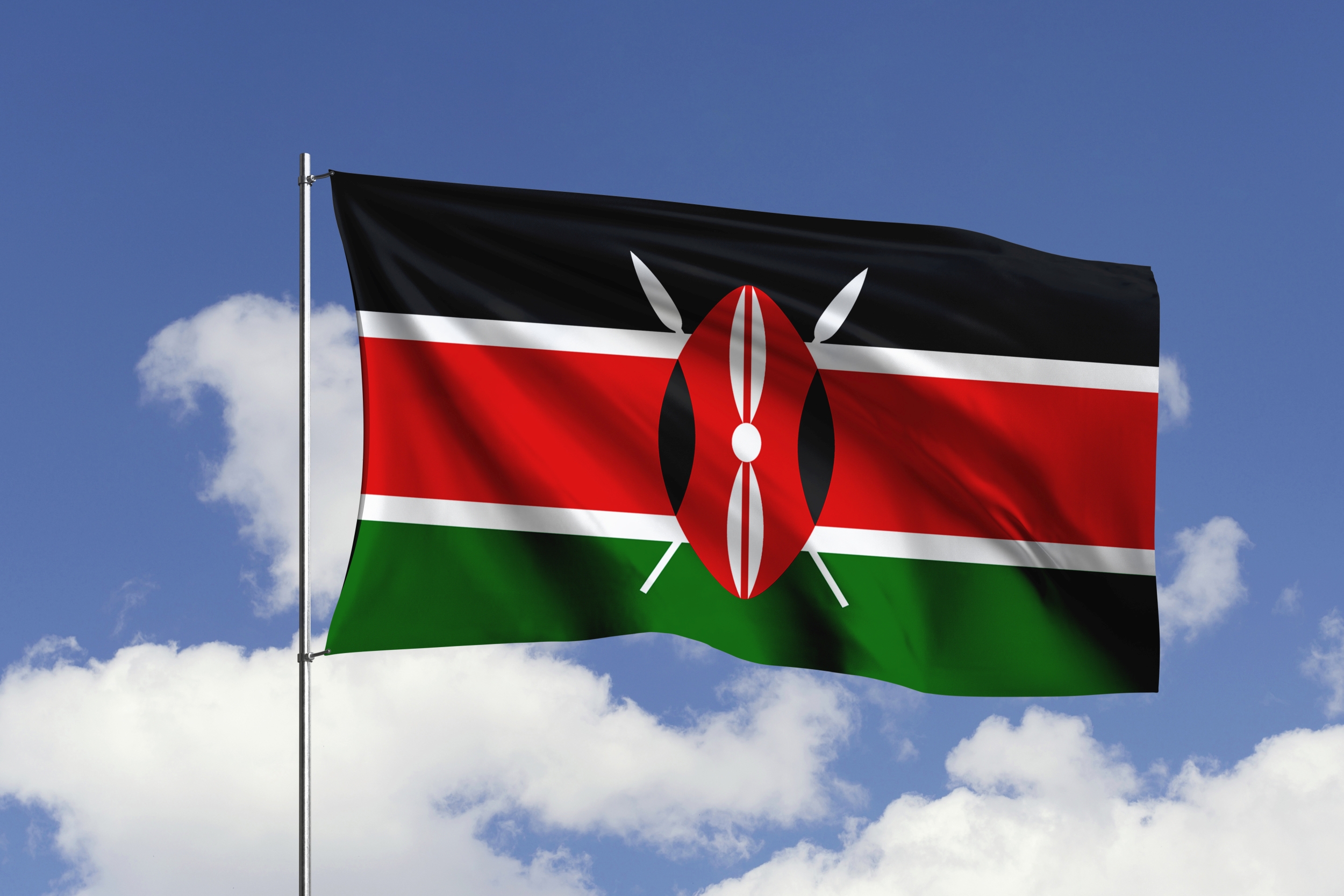IAEA Mission Finds Comprehensive Regulatory Framework for Nuclear and Radiation Safety in Kenya
An International Atomic Energy Agency (IAEA) team of experts observed a strong commitment to nuclear and radiation safety in Kenya, reflected in its legal and regulatory framework. The team also encouraged further enhancements, including the development of a national policy and strategy for safety to align more closely with IAEA safety standards.
At the request of the Government of Kenya, an international team of senior safety experts concluded an Integrated Regulatory Review Service (IRRS) mission to Kenya from 20 to 29 October 2025. The mission was hosted by the Kenya Nuclear Regulatory Authority (KNRA).
The IRRS team, comprising 11 senior regulatory experts from 11 IAEA Member States and two IAEA staff members, reviewed Kenya’s governmental, legal and regulatory framework for nuclear and radiation safety against IAEA safety standards.
Based on IAEA safety standards and taking advantage of international good practices, IRRS missions are designed to strengthen the effectiveness of the national regulatory infrastructure, while recognizing the responsibility of each country to ensure nuclear and radiation safety.
Kenya does not currently operate any nuclear installations but is considering the introduction of nuclear power to help meet its growing energy demand. The country uses radiation sources across medical, research and industrial sectors. Kenya is preparing to establish its first nuclear research reactor, which will serve as a key facility for education, training and research. The IAEA reviewed Kenya’s nuclear infrastructure development for its planned research reactor programme last year.
During the mission, the IRRS team conducted interviews and discussions with KNRA staff and observed regulatory inspections at several facilities, including Kenya’s Central Radioactive Waste Processing Facility, an industrial radiography facility and in the radiotherapy, nuclear medicine and radiology departments at Kenyatta University Teaching, Referral and Research Hospital.
“The IRRS mission raises awareness about Kenya’s continuous work to enhance regulatory effectiveness,” said team leader Daniel Collins, Acting Regional Administrator in the United States Nuclear Regulatory Commission. “Ministries and agencies involved in the regulatory activities show commitment to implementing the IAEA safety standards, which serve as the benchmark for the IRRS reviews.”
The IRRS team found that Kenya has demonstrated its commitment to nuclear and radiation safety through the enactment of the Nuclear Regulatory Act in 2019 and KNRA’s initiative to develop 14 regulations, currently in draft, to support effective regulatory oversight of facilities and activities.
“KNRA conducted a self-assessment in preparation for the mission and prepared a preliminary action plan, which are in line with the mission findings,” said Hildegarde Vandenhove, Director of the Division of Radiation, Transport and Waste Safety in the IAEA. “This shows that there is a strong understanding of the tasks and challenges ahead and a view on how to deal with them. We are therefore confident that recommendations will be duly implemented.”
The team noted KNRA’s proactive approach to safety, highlighting its dedicated inspection campaigns and analysis of outcomes as a good performance.
In the interest of continuous improvement, the IRRS team also identified several recommendations and suggestions, including the:
- Establishment of a national policy and strategy for safety consistent with IAEA safety standards;
- Provision of sufficient resources to carry out regulatory functions and responsibilities for all facilities and activities that use radiation sources;
- Application of a graded approach in regulatory functions; and
- Development and implementation of a management system for the regulatory body.
The IRRS team encouraged the government to commit to and support the effective independence and functional separation of KNRA in its decision making. Additionally, the team encouraged the government to complete and promulgate the draft regulations for effective and consistent implementation of the legal and regulatory framework.
“Protecting members of the public and the environment from the harmful effects of radiation is our top priority,” said James Keter Chumba, Director General of KNRA. “KNRA is fully committed to upholding the highest standards of nuclear and radiation safety''
The final mission report will provide recommendations and suggestions to further strengthen Kenya’s regulatory framework and will be made publicly available by the Government of Kenya.
